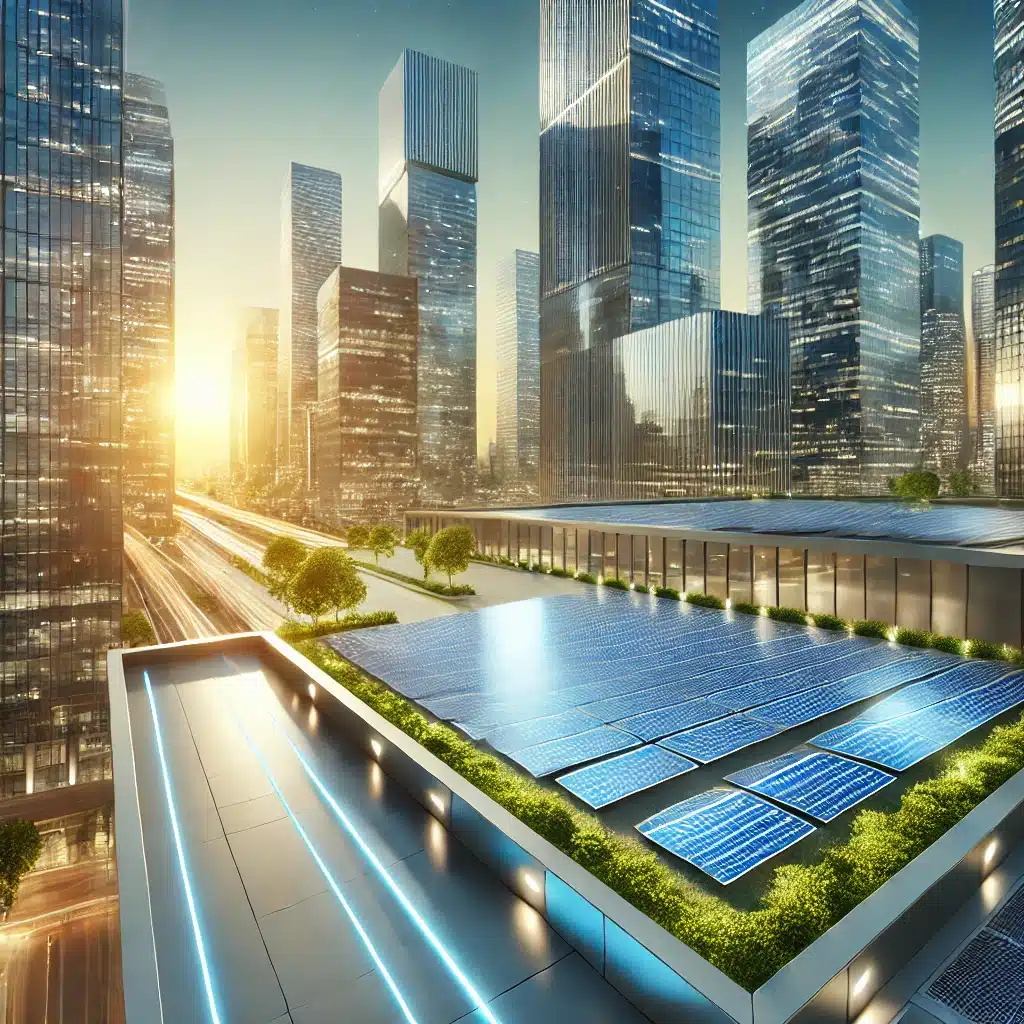The solar energy sector is undergoing a remarkable transformation, with solar roofing emerging as a groundbreaking solution for sustainable and energy-efficient buildings. The integration of solar panels into roofing systems has evolved significantly, offering designs that are not only functional but also visually appealing. This transition addresses a long-standing concern about the bulky appearance of traditional solar panels while advancing renewable energy adoption.
As technology advances, solar roofing solutions are becoming more seamless, efficient, and accessible. Homeowners and businesses are increasingly turning to integrated systems that combine energy production with modern design, blending sustainability with aesthetics. These advancements reflect a growing recognition of the role solar roofing plays in reducing energy costs and environmental impact.
This shift is not just about improving aesthetics or efficiency—it’s about reimagining roofing as an integral component of future energy infrastructure. Solar roofing has become a cornerstone for achieving energy independence, lowering greenhouse gas emissions, and meeting global sustainability goals. In this article, we’ll explore the latest trends and innovations shaping the solar roofing landscape, including the rise of solar shingles, integrated photovoltaic systems, and their implications for creating energy-efficient buildings.
The Evolution of Solar Roofing
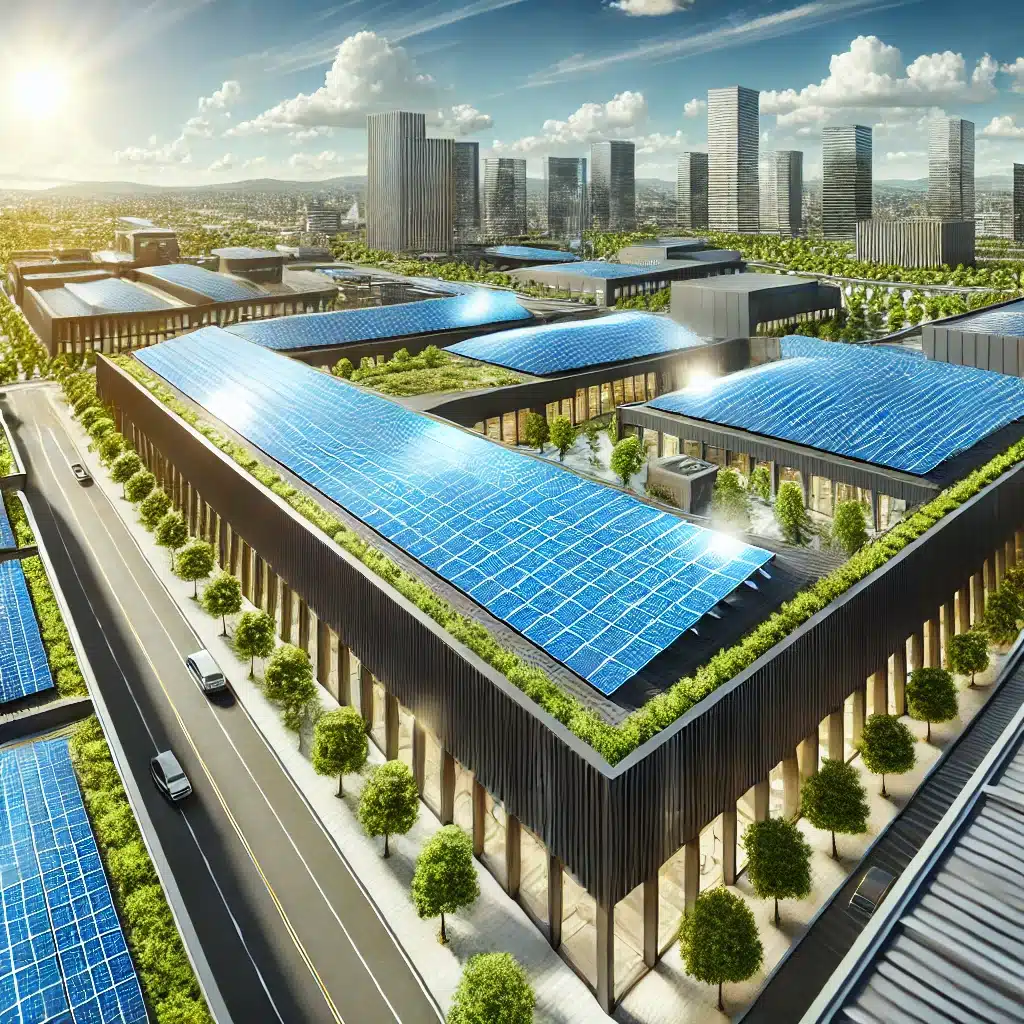
Traditionally, solar energy has been harnessed through bulky solar panels mounted on rooftops. While these systems effectively captured solar power, they often required additional mounting structures that added significant weight to the roof. This extra weight sometimes necessitated structural reinforcements, increasing installation complexity and cost. Moreover, traditional panels often disrupted the aesthetics of a building, which discouraged some property owners from adopting solar technology despite its energy benefits.
Modern innovations in solar roofing aim to overcome these challenges by integrating solar technology directly into the roof itself. Systems like solar shingles and photovoltaic (PV) tiles are designed to function as both roofing material and energy generators, eliminating the need for separate panels. These integrated solutions blend seamlessly with traditional roofing materials, maintaining the building’s aesthetic integrity while delivering the functionality of a solar array.
By offering a more streamlined and visually appealing option, integrated solar roofing systems are transforming how property owners view renewable energy. They are making it easier for residential and commercial buildings to embrace solar power without sacrificing design, paving the way for broader adoption of sustainable energy solutions. This seamless integration of solar technology represents a significant step forward in combining practicality with modern architectural trends.
Key Trends in Solar Roofing
Rise of Solar Shingles and PV Tiles
Solar shingles and photovoltaic (PV) tiles are revolutionizing the solar roofing industry, combining energy generation with aesthetic appeal. Unlike traditional solar panels, these innovative products are designed to look and function like standard roofing materials, making them an attractive option for homeowners and businesses alike. Companies like Tesla, GAF Energy, and CertainTeed have spearheaded the development of advanced solar shingles that are not only visually appealing but also highly efficient and durable.
Benefits of Solar Shingles:
- Aesthetic Appeal: Solar shingles seamlessly blend with traditional roofing materials, preserving the architectural integrity of a building. They are particularly appealing for property owners who prioritize design and want a sleek, modern look without bulky panels.
- Durability: Built to withstand harsh weather conditions, solar shingles are designed to endure hail, high winds, and extreme temperatures. This resilience ensures that they protect the building while continuing to generate energy, even under challenging conditions.
- Energy Efficiency: Advances in photovoltaic technology have enhanced the energy conversion rates of solar shingles, making them comparable to traditional panels in terms of efficiency. These shingles can produce substantial amounts of electricity, contributing to lower energy bills and a smaller environmental footprint.
Solar shingles are a game-changer for property owners who want to combine functionality with style, offering a sustainable solution that doesn’t compromise on design or performance.
Building-Integrated Photovoltaic (BIPV) Systems
Building-integrated photovoltaic (BIPV) systems represent another leap forward in solar technology. These systems incorporate solar cells directly into building materials such as roofs, facades, and even windows, turning them into functional energy generators. BIPV systems are increasingly popular in commercial construction projects due to their ability to serve dual purposes: generating electricity and acting as a core building component.
Advantages of BIPV Systems:
- Space Efficiency: BIPV systems make use of existing building surfaces, eliminating the need for additional space. This is particularly advantageous in urban environments where space is limited. By integrating solar cells into walls, facades, and rooftops, buildings can maximize their energy output without sacrificing usable space.
- Aesthetic Versatility: These systems can be customized to match the design and style of the building. From sleek glass facades to architecturally unique rooftops, BIPV systems allow for creative expression while maintaining functionality.
- Sustainability: By replacing traditional building materials with energy-generating alternatives, BIPV systems reduce the carbon footprint of construction projects. They contribute to sustainable design goals and align with green building certifications, such as LEED or BREEAM.
BIPV systems are paving the way for a future where renewable energy is seamlessly incorporated into urban landscapes. Their ability to merge form and function makes them a cornerstone of sustainable building practices, particularly in densely populated areas.
Technological Innovations in Solar Roofing
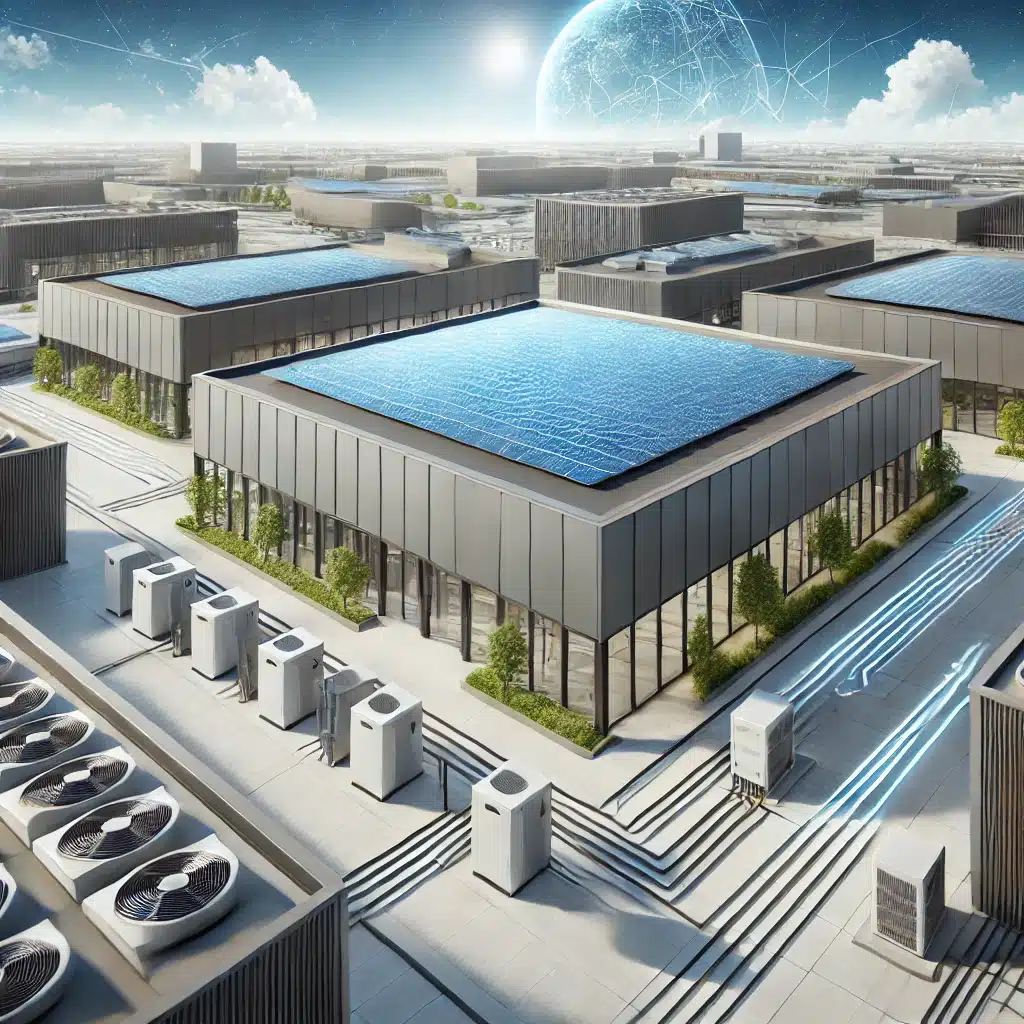
Improved Efficiency with Perovskite Solar Cells
Perovskite solar cells are revolutionizing solar technology with their impressive efficiency and versatility. Named after the mineral perovskite, these cells use a unique crystalline structure to capture sunlight more effectively than traditional silicon-based solar cells. Their integration into solar roofing systems marks a significant advancement in renewable energy solutions.
Why Perovskite Matters:
- Higher Efficiency: Perovskite cells boast energy conversion rates that exceed 25%, outperforming many conventional solar technologies. This makes them an attractive option for maximizing energy output from smaller or less ideal roof surfaces.
- Lightweight and Flexible: Unlike traditional solar cells, perovskite cells are lightweight and can be manufactured on flexible substrates. This flexibility opens the door to innovative applications, such as curved or irregularly shaped roofing designs, without compromising performance.
- Cost-Effective: Perovskite cells are less expensive to produce compared to silicon-based cells, thanks to simpler manufacturing processes and the use of abundant raw materials. This cost advantage makes high-efficiency solar technology more accessible to a broader range of homeowners and businesses.
Perovskite solar cells represent a leap forward in efficiency, affordability, and design flexibility, paving the way for their widespread adoption in next-generation solar roofing systems.
Energy Storage Integration
The combination of solar roofing systems with energy storage solutions is transforming how buildings harness and utilize renewable energy. By integrating batteries into solar setups, property owners can store excess energy generated during the day and use it when the sun isn’t shining, creating a more reliable and independent energy source.
Notable Benefits:
- Energy Independence: Pairing solar roofs with energy storage systems allows homeowners and businesses to reduce reliance on the electrical grid. This not only provides a sense of autonomy but also shields users from fluctuating energy prices.
- Increased Resilience: Stored energy ensures power availability during emergencies, such as grid outages caused by storms or other disruptions. This feature is particularly valuable for businesses that need uninterrupted power to maintain operations.
- Cost Savings: Energy storage enables property owners to use stored energy during peak demand hours when electricity rates are higher. This strategic use of solar energy reduces utility costs and maximizes the financial benefits of solar roofing systems.
Integrating energy storage with solar roofing is a game-changer for renewable energy adoption, offering enhanced resilience, cost-efficiency, and energy independence. As battery technologies continue to advance, this pairing will become an essential component of sustainable energy strategies.
The Implications of Solar Roofing for Energy-Efficient Buildings
Lower Energy Costs
One of the most immediate benefits of solar roofing systems is the significant reduction in energy bills. By generating electricity on-site, solar roofs allow property owners to rely less on the grid, which translates to lower monthly utility costs. Over time, these savings accumulate, often offsetting the initial investment in installation. For businesses, solar roofing can be a strategic asset, reducing operational costs and freeing up resources for other initiatives. Additionally, many regions offer incentives like net metering, allowing excess energy generated by the solar system to be sold back to the grid, further enhancing financial benefits.
Reduced Carbon Footprint
Transitioning to solar energy through solar roofing is a powerful way to reduce a building’s carbon footprint. Solar energy is a clean, renewable source that doesn’t produce greenhouse gas emissions during operation. By relying less on fossil fuels, solar-powered buildings help combat climate change and support global sustainability efforts. The environmental impact of solar roofing extends beyond the property itself, as widespread adoption can contribute to cleaner air and reduced strain on natural resources. For eco-conscious businesses and homeowners, solar roofing represents a tangible step toward a greener future.
Enhanced Property Value
Buildings equipped with solar roofing systems are increasingly seen as premium assets in the real estate market. Energy efficiency is a top priority for many buyers and tenants, who recognize the long-term savings and environmental benefits of solar technology. Properties with solar roofs often command higher resale values, as they represent a modern, sustainable investment. Furthermore, solar roofing can make a property more attractive to eco-conscious tenants, leading to higher occupancy rates for commercial buildings. In an increasingly competitive real estate landscape, solar roofs provide a distinct advantage, combining functionality with forward-thinking sustainability.
Challenges in Solar Roofing Adoption
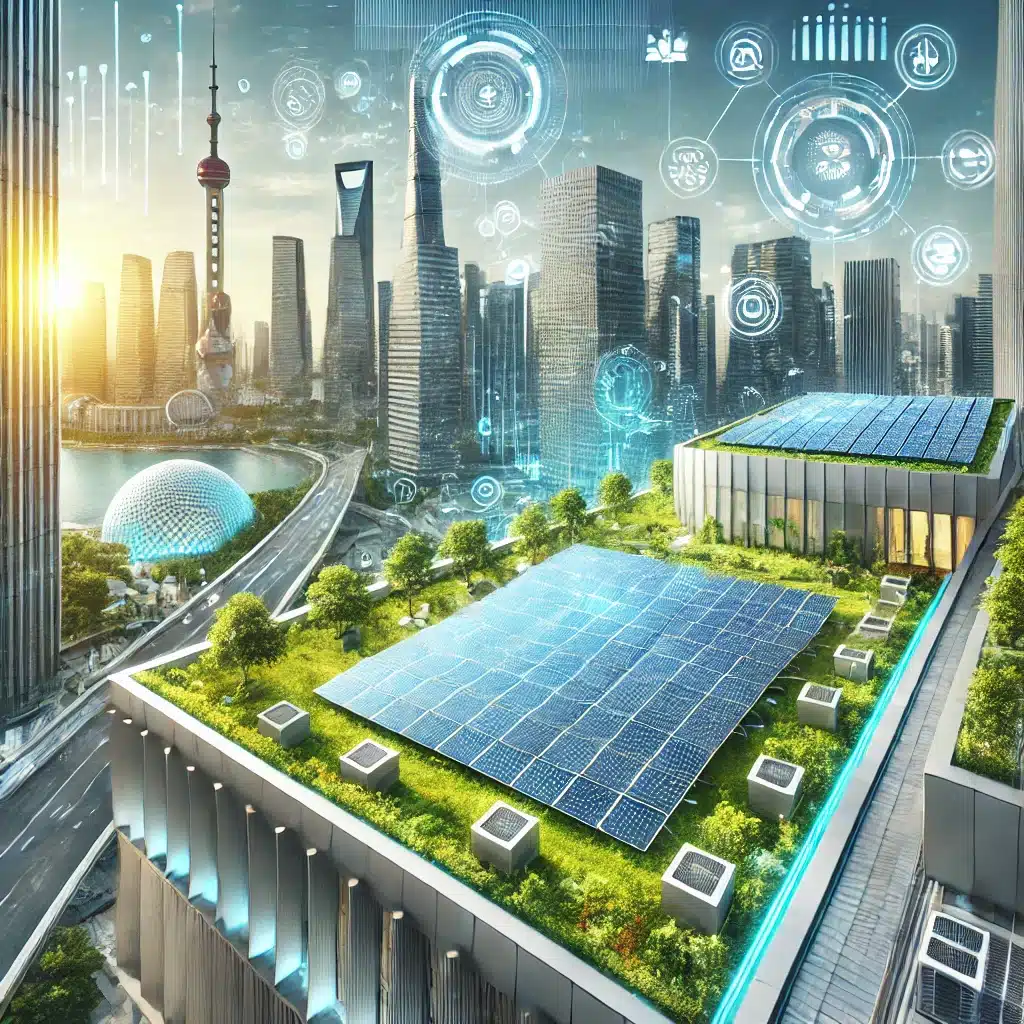
Cost Barriers
While solar roofing systems offer long-term savings, the upfront cost remains a significant challenge for many property owners. Advanced technologies like Building-Integrated Photovoltaic (BIPV) systems and solar shingles often come with higher initial expenses compared to traditional solar panels. This cost includes not only the materials but also the specialized installation required. For many homeowners and businesses, this price point can be a deterrent despite the potential savings over time. However, as technology continues to advance and manufacturing scales up, production costs are expected to decrease, making solar roofing more accessible to a wider audience. Incentive programs and financing options can also help mitigate these cost barriers and encourage adoption.
Installation Complexity
Integrated solar roofing systems, such as photovoltaic shingles and BIPV tiles, require precise installation to ensure optimal performance and durability. Unlike traditional roofing systems, these innovative technologies demand specialized expertise, including knowledge of electrical connections and roofing design. Currently, the availability of skilled professionals trained in solar roofing installation is limited, creating a bottleneck in adoption. Expanding the workforce skilled in solar technology through training programs and certifications will be critical to meeting the growing demand. By building a larger pool of qualified installers, the industry can ensure smoother adoption and better long-term outcomes for property owners.
Regulatory Hurdles
Permitting and zoning regulations often vary by location, creating obstacles for property owners looking to install solar roofing systems. These regulations can involve lengthy approval processes, added paperwork, and inconsistent requirements, which can discourage adoption. For example, some jurisdictions may have stringent rules on the aesthetic impact of solar installations, while others might lack clear guidelines altogether. Streamlined policies and standardized permitting processes are needed to simplify adoption. Additionally, government incentives, such as tax credits or grants, can offset the bureaucratic burden and make solar roofing a more appealing option for property owners. Advocating for clear and supportive regulatory frameworks is essential to fostering widespread use of solar technology.
The Role of Incentives and Policies
Tax Credits
Governments around the world are providing tax credits as a powerful incentive to encourage the adoption of solar roofing systems. These credits allow homeowners and businesses to deduct a percentage of their installation costs from their taxes, significantly reducing the financial burden of adopting solar technology. For example, in the United States, the federal solar tax credit (Investment Tax Credit, or ITC) offers up to 30% off the cost of solar installations, making it a popular choice among property owners. Similar programs exist in other countries, demonstrating a global commitment to renewable energy adoption. These incentives not only lower upfront costs but also accelerate the return on investment for solar roofing systems.
Grants and Rebates
In addition to tax credits, many local and national governments offer grants and rebates to make solar installations more accessible. These programs provide direct financial assistance to property owners, further lowering the cost of installation. For instance, some municipalities fund programs that reimburse a portion of the installation expenses, especially for projects that use innovative solar roofing technologies like solar shingles or Building-Integrated Photovoltaic (BIPV) systems. By targeting specific communities or sectors, such as low-income households or small businesses, these grants ensure that solar technology benefits a diverse range of users. Rebates can also incentivize the adoption of energy storage systems, enhancing the overall efficiency of solar roofing.
Net Metering Policies
Net metering policies are revolutionizing the financial appeal of solar roofing by allowing property owners to sell excess energy back to the grid. When a solar roofing system generates more electricity than is consumed on-site, the surplus energy is sent to the grid, and property owners receive credits on their utility bills. This creates an additional revenue stream and makes solar installations more cost-effective in the long run. Countries like Germany, Australia, and Canada have embraced net metering as part of their renewable energy strategies, encouraging widespread adoption. These policies not only benefit individual property owners but also contribute to a more stable and sustainable energy grid.
The Future of Solar Roofing
1. Smart Solar Roofing
The integration of IoT (Internet of Things) technology into solar roofing systems is paving the way for smart solar roofs. These innovative systems are equipped with sensors and connectivity features that allow users to monitor energy production, detect inefficiencies, and optimize performance in real-time. For instance, smart solar roofs can identify shaded areas, adjust energy collection strategies, and even integrate with home energy management systems to prioritize power usage. This level of control and automation not only maximizes energy efficiency but also enhances user experience by providing actionable insights through mobile apps or online dashboards. As smart technology continues to advance, these roofs are expected to play a central role in creating smarter, more energy-efficient buildings.
2. 3D-Printed Solar Panels
The rise of 3D printing technology is poised to transform the production of solar panels and roofing components. By leveraging additive manufacturing techniques, solar panel manufacturers can produce lightweight, flexible, and highly efficient panels at a fraction of the cost and time required by traditional methods. 3D printing also allows for greater customization, enabling the creation of solar panels that seamlessly fit non-standard roof shapes and designs. This technology could significantly expand access to solar roofing, particularly in remote or underserved regions where traditional supply chains are limited. Additionally, 3D-printed solar panels have the potential to incorporate advanced materials, further improving efficiency and durability while reducing waste during production.
3. Global Collaboration
The widespread adoption of solar roofing depends on a collaborative effort between governments, private companies, and research institutions. Governments can implement supportive policies, such as tax credits, grants, and streamlined permitting processes, to encourage installation. Private companies, on the other hand, drive innovation by developing advanced solar technologies like BIPV systems and solar shingles. Meanwhile, research institutions contribute by exploring new materials and methodologies to enhance efficiency and sustainability. Global collaboration also fosters knowledge sharing, allowing countries to learn from successful solar adoption strategies and overcome challenges collectively. By working together, these stakeholders can accelerate the development of solar roofing technologies and make renewable energy a mainstream solution worldwide.
Conclusion
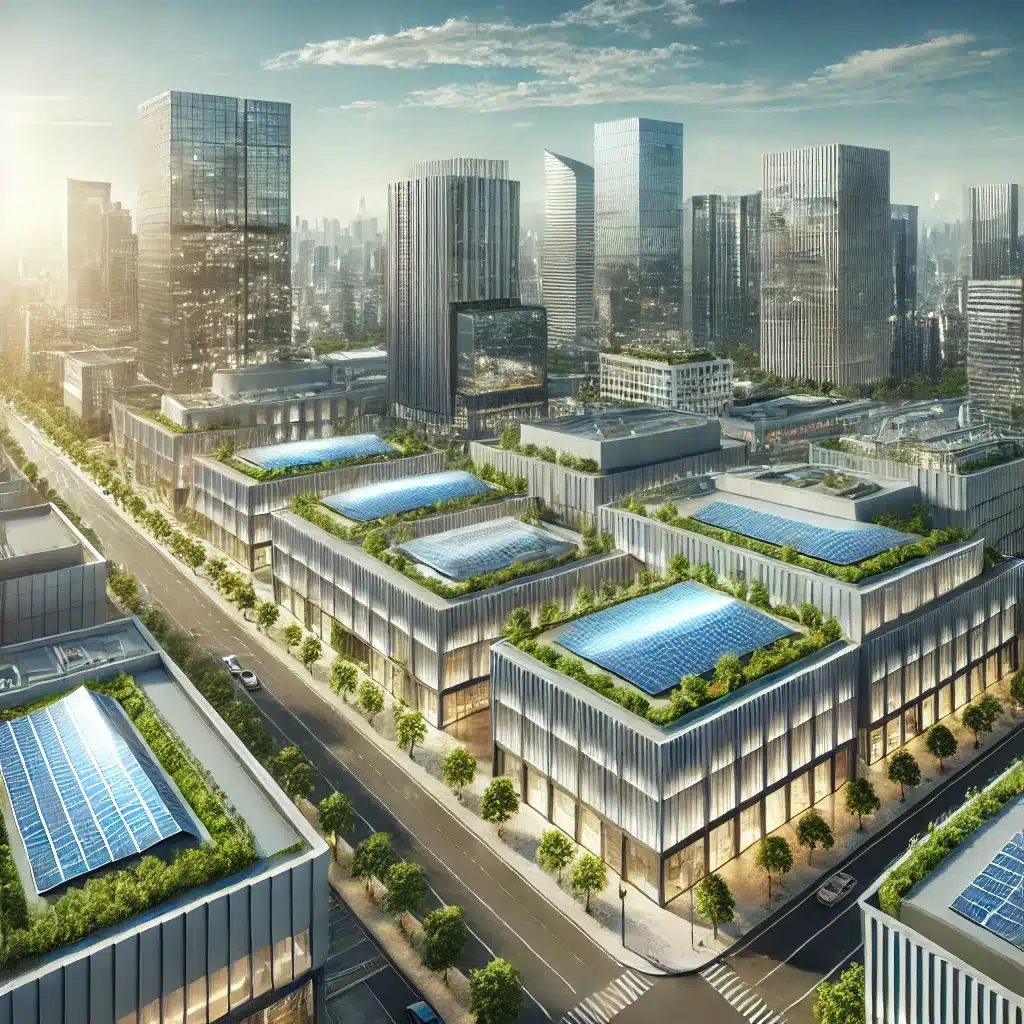
The future of solar roofing is undeniably bright, driven by a wave of technological advancements that are reshaping the energy landscape. Solar roofing systems are becoming more efficient, affordable, and visually appealing, making them an attractive choice for both residential and commercial property owners. Innovations such as solar shingles and integrated photovoltaic systems are seamlessly blending energy generation with modern aesthetics, paving the way for widespread adoption across diverse building types.
One of the most promising developments is the integration of energy storage solutions, such as advanced battery systems. These systems allow property owners to store excess energy generated during the day for use at night or during power outages, enhancing energy independence and reliability. As a result, solar roofing is poised to revolutionize the way buildings generate and utilize energy, aligning with global sustainability goals.
Adopting solar roofing goes beyond environmental benefits—it’s a smart financial decision. Property owners who invest in solar roofing enjoy lower energy bills, increased property value, and the peace of mind that comes with energy resilience. Moreover, with governments and organizations offering incentives like tax credits and net metering policies, the financial barriers to solar adoption are rapidly diminishing.
Now is the perfect time to consider the leap into solar roofing. As technology continues to evolve and the demand for sustainable energy solutions grows, investing in solar roofing ensures long-term benefits for both the environment and your wallet. By choosing solar, property owners contribute to a cleaner, greener future while reaping significant economic and practical advantages.

